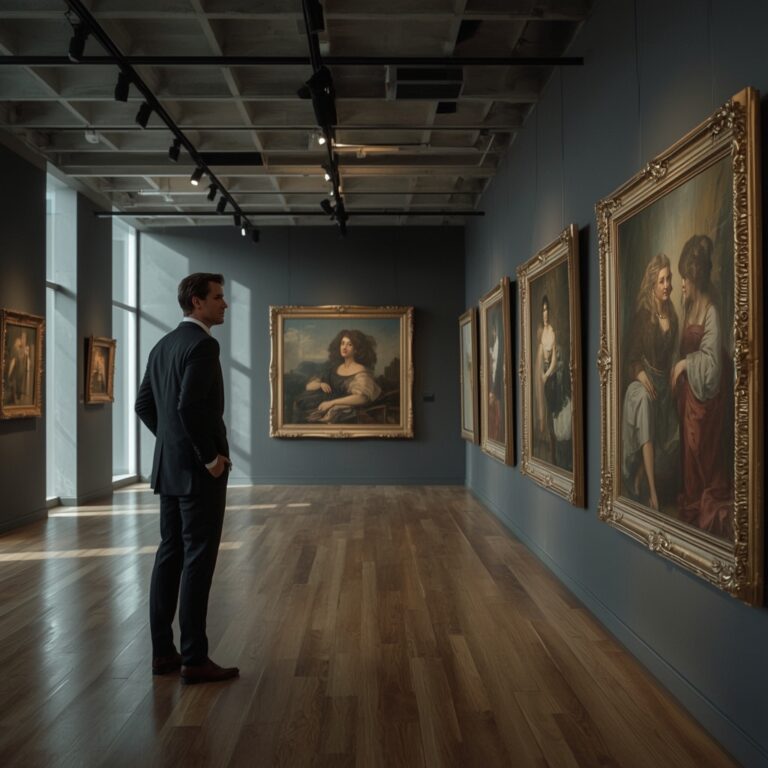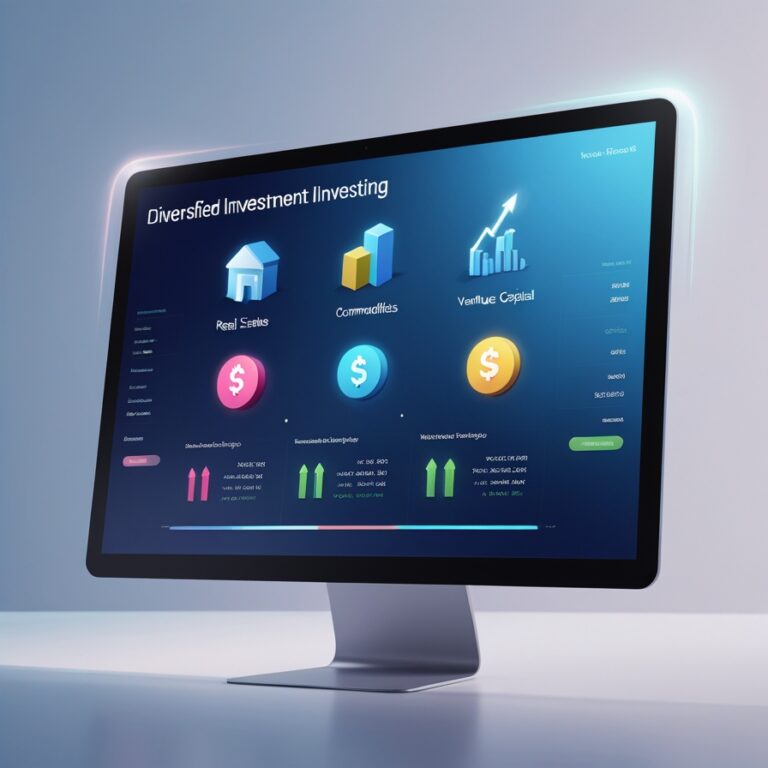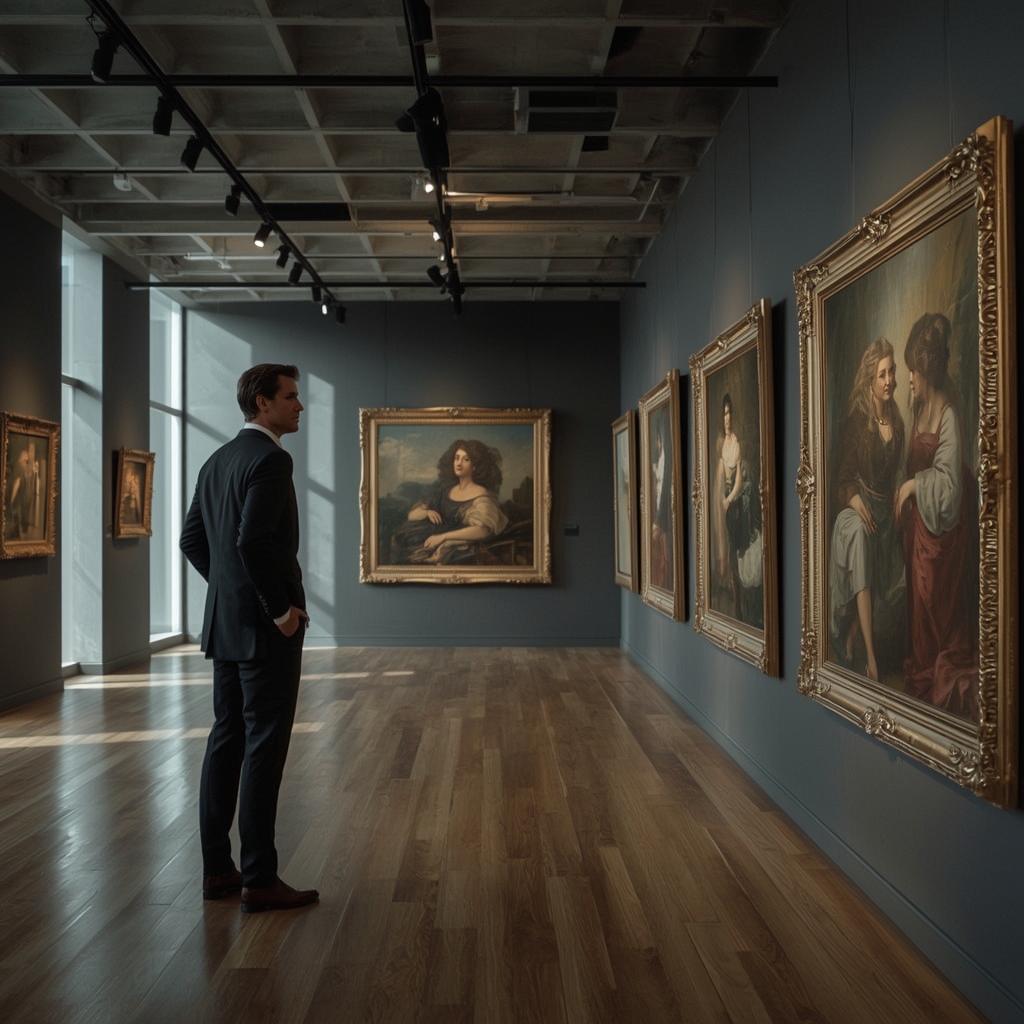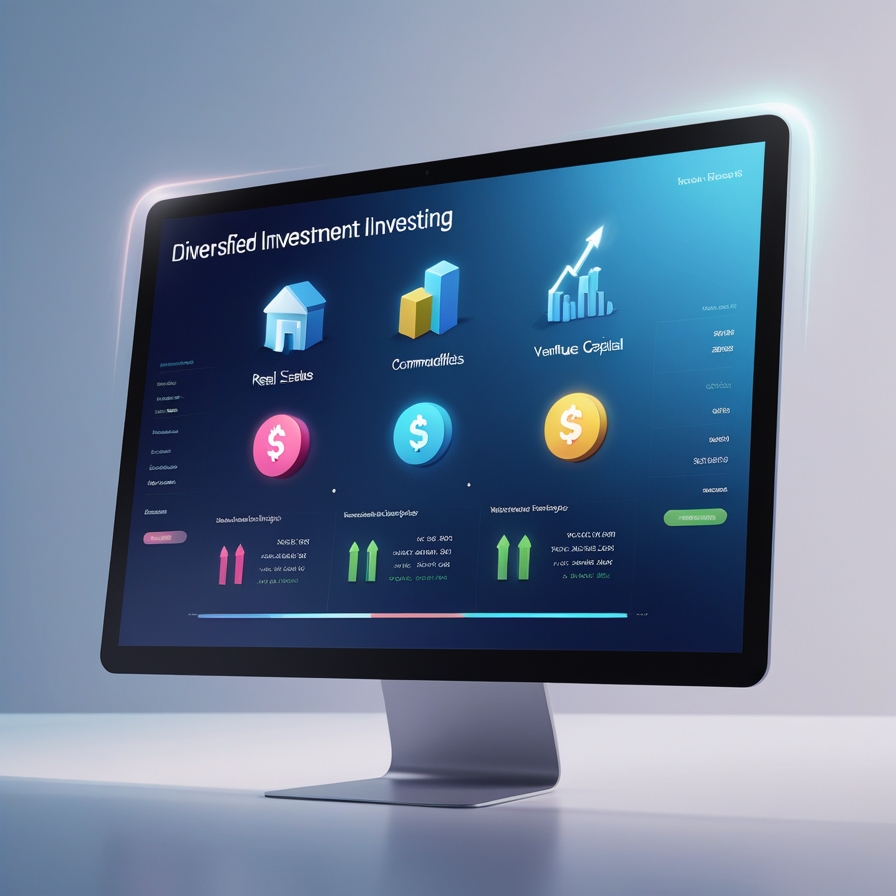How to Invest in Fine Art in USA
How to invest in fine art in USA is becoming a popular question among modern investors who want to diversify their portfolios beyond traditional assets. Art is not just about beauty—it’s also a tangible investment that can appreciate in value over time. From established masterpieces to emerging artists, the fine art market offers unique opportunities for both personal enjoyment and financial growth. With the right strategy, you can turn a passion for creativity into a rewarding investment journey that combines culture, wealth, and legacy.
Understanding Fine Art as an Investment
Before diving into how to invest in fine art in USA, it’s important to understand what makes art valuable. The value of a painting, sculpture, or collectible piece often depends on the artist’s reputation, rarity, demand, and historical significance. Unlike stocks or bonds, fine art investments are considered “alternative assets” that provide diversification and protection against inflation.
Art doesn’t follow the same market trends as traditional investments. When the stock market fluctuates, fine art can remain stable—or even gain value. This makes it an appealing choice for investors seeking balance and long-term growth.
Why Invest in Fine Art
There are several reasons why Americans are increasingly turning to art as a financial asset. Firstly, fine art has a strong track record of appreciation, with top-tier pieces consistently gaining value over decades. Secondly, owning art offers emotional and aesthetic satisfaction—something most financial instruments can’t provide.
Moreover, fine art investment allows individuals to support artists and cultural heritage while earning potential profits. For investors interested in sustainability, this aligns with ethical and socially responsible investment goals. The key is to combine passion with research and sound financial planning.
Different Ways to Invest in Fine Art
When exploring how to invest in fine art in USA, there are multiple entry points, depending on your budget and goals:
-
Direct Purchase of Artwork: Buy pieces from galleries, auctions, or emerging artists. This gives you full ownership and the chance to profit from resale value.
-
Art Funds: These allow you to invest in a diversified portfolio of artworks managed by professionals.
-
Fractional Art Ownership: Platforms like Masterworks let investors purchase shares in high-value artworks, making fine art investment more accessible.
-
NFTs and Digital Art: The rise of blockchain technology has opened the door to digital ownership and trading of art assets.
Each option has its risks and benefits, so understanding your financial capacity and investment timeline is crucial.
How to Evaluate Art Before Investing
One of the most important aspects of how to invest in fine art in USA is evaluating the artwork’s potential value. Start by researching the artist’s background, exhibition history, and demand among collectors. Review past auction results and consult experts or appraisers to understand fair pricing.
Condition and authenticity are equally critical. Always ensure the artwork has proper documentation, provenance records, and certificates of authenticity. Small details—like the artwork’s materials, preservation state, and cultural relevance—can significantly affect its value over time.
Risks and Challenges of Fine Art Investment
Like any investment, fine art carries its share of risks. Prices can fluctuate based on trends, artist popularity, and overall market conditions. Art is also an illiquid asset—it may take time to find a buyer willing to pay your asking price.
Additionally, storage, insurance, and maintenance costs can add up. Physical artworks require protection from light, humidity, and damage. However, these risks can be managed with proper planning, insurance, and expert guidance. The potential for long-term appreciation often outweighs the short-term challenges.
Tax Implications and Legal Considerations
When learning how to invest in fine art in USA, investors should be aware of tax implications. Profits from art sales are subject to capital gains tax, which is typically higher than on stocks. However, strategic planning can minimize this burden.
Donating art to museums or charitable organizations can provide tax deductions, while holding art for longer periods may reduce capital gains rates. Always consult a financial advisor or tax professional familiar with art investments to ensure compliance and optimize your returns.
Building a Diverse Art Portfolio
Just like traditional investing, diversification is key in fine art investment. Instead of focusing on one artist or style, consider building a portfolio that includes contemporary art, photography, sculptures, and even digital creations.
This approach spreads risk and increases the potential for growth. Many investors also balance high-end artworks with affordable emerging artist pieces, giving them exposure to both stable and high-growth opportunities. The US art market is vast, offering countless possibilities for collectors at every level.
The Role of Art Advisors and Galleries
Navigating the art world can be complex, which is why professional advice can make a big difference. Art advisors help investors identify promising artists, negotiate prices, and authenticate pieces. Galleries also serve as trusted sources, providing insight into market trends and access to exclusive works.
Working with professionals ensures that you make informed decisions and avoid costly mistakes—especially when dealing with high-value pieces. They can also guide you in managing your collection for long-term appreciation.
Conclusion – Turning Art into a Profitable Investment
Learning how to invest in fine art in USA is about blending passion with financial intelligence. It’s an opportunity to appreciate culture while building long-term wealth. Whether you start with a single painting or diversify through fractional ownership, the key is education, patience, and strategic thinking.
Art investment is not just for the wealthy—it’s increasingly accessible to everyday investors who want to make their portfolios more dynamic and resilient. With the right knowledge and approach, fine art can be both a creative and financial masterpiece in your wealth-building journey.















